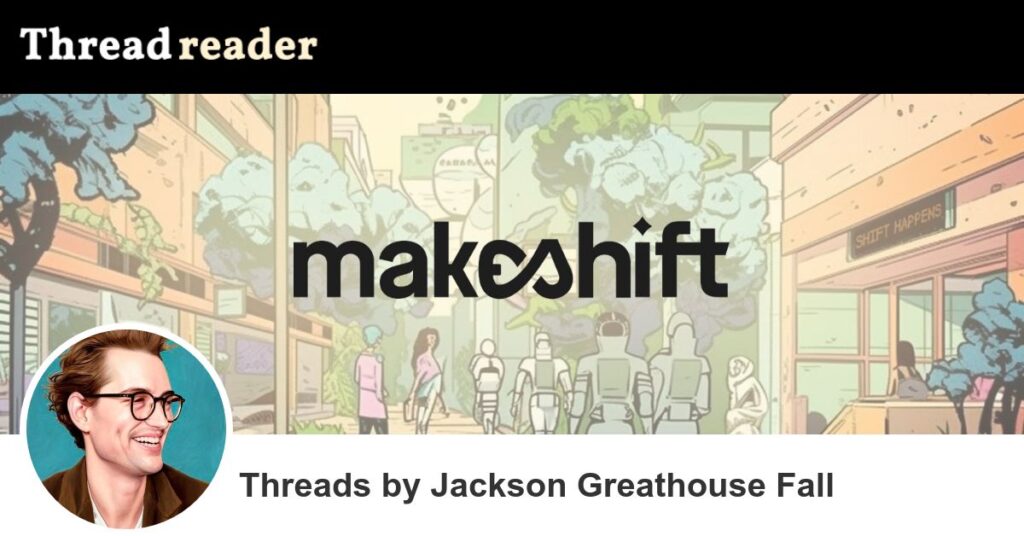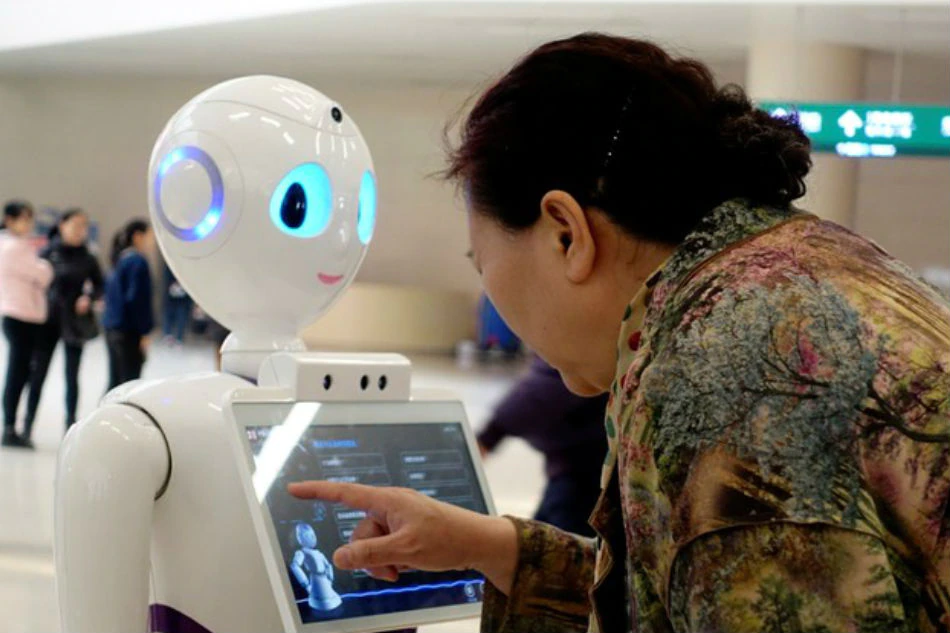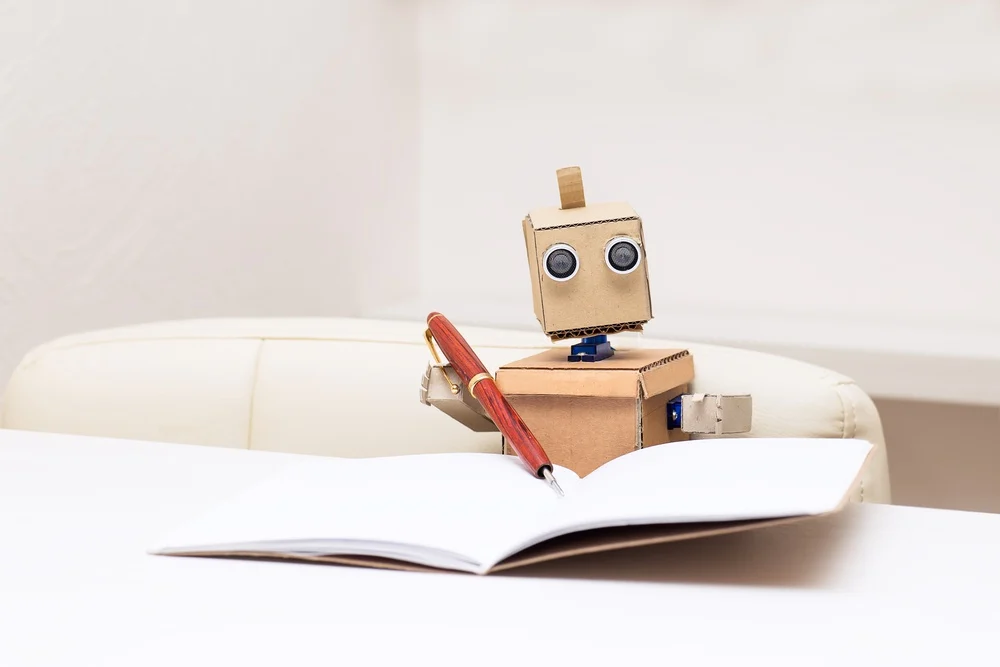The last year unfolded as a pivotal moment in the AI landscape, featuring major releases from tech giants such as Google and emerging players like Anthropic. However, stealing the spotlight was OpenAI’s GPT-4, a multimodal large language model currently accessible only to developers. This post takes a dive into the creative and practical applications of GPT-4, showcasing its versatility and transformative influence across various domains.
Hustling with GPT-4
Brand designer Jackson Greathouse Fall conducted a unique experiment, challenging GPT-4 to generate income with a mere $100 budget. The AI’s suggestion of an eco-friendly affiliate marketing site became a social media sensation, illustrating GPT-4’s potential as a valuable brainstorming tool, even in a publicity stunt.

Productivity in the Workplace
Major tech players, including Microsoft and Google, are seamlessly integrating GPT-4 into office suites to enhance productivity. Tasks ranging from summarizing documents, aiding presentations, drafting emails, proofreading texts, to generating images are becoming streamlined. This trend underscores the growing integration of AI into everyday work experiences.
Revolutionizing Healthcare Documentation
Ambience Health, a startup funded by OpenAI, leverages GPT-4 to generate medical documentation from provider-patient conversations. Co-founders Nikhil Buduma and Mike Ng highlight the AI’s potential in alleviating doctors’ workloads by tackling tedious tasks like data entry. However, concerns about GPT-4’s accuracy in crucial healthcare domains are also raised.

Efficient Code Generation
Princeton’s Computer Science Professor Arvind Narayanan attests to GPT-4’s efficiency in generating code, emphasizing its time-saving benefits and psychological advantages. A demonstration by OpenAI co-founder Greg Brockman, where GPT-4 created a website from a simple napkin sketch, showcases the model’s prowess in automating mundane yet time-consuming tasks.
Co-Writing Books with GPT-4
Reid Hoffman, LinkedIn co-founder and OpenAI investor, unveils the collaborative potential of GPT-4 in co-authoring “Impromptu: Amplifying Our Humanity through AI.” Hoffman explores the various ways the AI model can be applied in education, the arts, the justice system, journalism, and more. The article includes insights from Hoffman’s interactions with GPT-4.

While GPT-4 emerges as a powerful assistive technology with the potential to revolutionize various industries, caution prevails. OpenAI acknowledges safety risks, emphasizing the need for human experts to guide and correct the model’s outputs. The article urges responsible usage, emphasizing that navigating the uncharted territory of advanced AI models requires vigilance, not blind enthusiasm.
